|
Voiced by Amazon Polly |
Overview
In today’s digital-first world, businesses need fast, scalable, and efficient data management systems to meet the growing demands of their applications. High-throughput relational databases capable of processing large volumes of read and write operations per second are vital in ensuring mission-critical applications remain responsive and available. However, as these databases grow in size and complexity, maintaining them on-premises can become increasingly costly and limiting. Migrating such databases to AWS can bring scalability and flexibility, but the process comes with challenges.
This post explores the core challenges and key strategies organizations can adopt to successfully migrate their high-throughput relational databases to AWS while minimizing disruptions.
Pioneers in Cloud Consulting & Migration Services
- Reduced infrastructural costs
- Accelerated application deployment
Understanding the Nature of High-Throughput Databases
High-throughput OLTP databases are designed to provide low-latency and high-availability responses, even under heavy loads. Unlike traditional setups that couple storage and compute resources, cloud-based solutions typically separate these layers, allowing for independent scaling. This architectural shift changes the fundamental constraint from compute or storage to network performance. Therefore, understanding this change is critical when preparing for a cloud migration.
To achieve optimal performance in the cloud, you need to plan for distributed storage mechanisms, optimize log processing, minimize chatty communication protocols, and design for robust failure handling across cloud infrastructure.
Key Phases of a Successful Migration Strategy
Migrating a high-throughput database requires more than just moving data, and it needs a clear, phased strategy. Here’s how to structure it:
- Discovery and Planning
Begin by conducting a comprehensive discovery phase. Map out the current database architecture, understand access patterns, identify performance bottlenecks, and assess data dependencies. This step is critical to selecting the right AWS service, be it Amazon Aurora, Amazon RDS (PostgreSQL, MySQL, Oracle, etc.), or another suitable option.
During this phase, ask key questions such as:
- What are the performance requirements (IOPS, latency, throughput)?
- What is the current and projected data volume?
- Are there any application-level dependencies or customizations?
- What are the long-term goals (scalability, cost optimization, modernization)?
Use tools like the AWS Pricing Calculator to forecast long-term total cost of ownership (TCO) and justify the business case for migration.
- Engaging the Right Expertise
Successful migrations require collaboration across various roles:
- Database specialists understand how to tune performance and maintain database integrity.
- Cloud architects help design scalable, cost-effective cloud environments.
- Migration experts offer unbiased advice on approaches and best practices.
- Cloud economists can assess and compare pricing models to minimize costs.
This cross-functional team ensures that both business and technical objectives are met.
- Choosing Your Migration Approach
There are two common migration approaches:
- Big-bang migration: Moves the entire system at once. It’s fast but riskier and best for smaller databases with manageable complexity.
- Incremental migration: Moves databases in stages. It’s safer and allows iterative testing, which is ideal for large or critical systems.
Also consider:
- Homogeneous migration (same engine on source and target) for simplicity.
- Heterogeneous migration (different engines) may require schema conversion tools like AWS DMS Schema Conversion, especially with the added benefit of generative AI assistance.
- Designing the Target Architecture
Architecting the environment correctly is vital. Some considerations include:
- Compatibility: Ensure the application can work with the target database without extensive rewrites. For example, managed services like Aurora restrict SSH access.
- Performance: Use benchmarking tools to evaluate expected performance. Consider SSD-based storage, sharding, and read replicas to boost throughput.
- Reliability: Evaluate high-availability options like multi-AZ deployments or cross-region disaster recovery to meet RTO/RPO goals.
- Cost: Analyze licensing costs, PIOPS, and data transfer charges. Review licensing options such as Bring Your Own License (BYOL) if using commercial engines.
- Tuning and Performance Optimization
Before migration, it’s important to fine-tune the existing database. This involves:
- Optimizing queries and indexes
- Reviewing memory allocation
- Reducing lock contention
Fine-tuning can significantly lower operational expenses and improve performance in the cloud, where costs scale with usage. Focus on metrics such as:
- CPU usage
- IOPS (average and peak)
- Throughput (MBps)
This data helps validate whether your cloud setup meets SLA expectations.
- Rigorous Testing and Validation
To ensure a smooth transition, conduct several rounds of testing:
- Functional testing: Ensure applications perform correctly.
- Performance testing: Assess response times and concurrency.
- Security testing: Verify encryption, access control, and compliance.
- Disaster recovery testing: Confirm failover, backup, and restore mechanisms.
- Data validation: Compare data integrity across source and destination databases.
Always have a rollback plan in case issues arise during the final cutover.
Operational Readiness: Supportability and Cost Considerations
Check for the following before going live:
- Can your licenses be transferred?
- Who is responsible for patching and updates?
- What’s the escalation path for support issues?
Also, review cost factors such as:
- PIOPS pricing
- Reserved vs On-Demand vs Savings Plans
- Data transfer and backup storage costs
Document Everything and Start with a POC
Creating a proof of concept (POC) can validate the feasibility of your migration plan. Make sure to:
- Document architecture and configuration
- Set clear acceptance criteria
- Assign a single-threaded owner
- Capture best practices for reuse
Conclusion
Drop a query if you have any questions regarding Relational Databases and we will get back to you quickly.
Empowering organizations to become ‘data driven’ enterprises with our Cloud experts.
- Reduced infrastructure costs
- Timely data-driven decisions
About CloudThat
CloudThat is an award-winning company and the first in India to offer cloud training and consulting services worldwide. As a Microsoft Solutions Partner, AWS Advanced Tier Training Partner, and Google Cloud Platform Partner, CloudThat has empowered over 850,000 professionals through 600+ cloud certifications winning global recognition for its training excellence including 20 MCT Trainers in Microsoft’s Global Top 100 and an impressive 12 awards in the last 8 years. CloudThat specializes in Cloud Migration, Data Platforms, DevOps, IoT, and cutting-edge technologies like Gen AI & AI/ML. It has delivered over 500 consulting projects for 250+ organizations in 30+ countries as it continues to empower professionals and enterprises to thrive in the digital-first world.
FAQs
1. What is the difference between a big bang and an incremental migration approach?
ANS: –
- Big-bang migration involves moving everything at once and is suitable for smaller, less complex systems with short maintenance windows.
- Incremental migration happens in phases, reducing risk and downtime. It is better for large, complex systems.
2. How does AWS help with schema conversion and compatibility?
ANS: – AWS provides tools like AWS Schema Conversion Tool (SCT) and DMS Schema Conversion with generative AI to help convert database schemas and application code between different engines, minimizing manual effort.

WRITTEN BY Rachana Kampli
Rachana Kampli works as an AWS Data Engineer at CloudThat with expertise in designing and building scalable data pipeline solutions. She is skilled in a broad range of AWS services, including Amazon S3, AWS Glue, Amazon Redshift, AWS Lambda, Amazon Kinesis, AWS DMS, and Amazon QuickSight. With a strong foundation in data engineering principles, Rachana focuses on developing efficient, reliable, and cost-effective data processing and analytics solutions. In her free time, she keeps up with the latest advancements in cloud and data technologies and enjoys exploring new tools and frameworks in the data ecosystem.


 Login
Login


 May 5, 2025
May 5, 2025 PREV
PREV
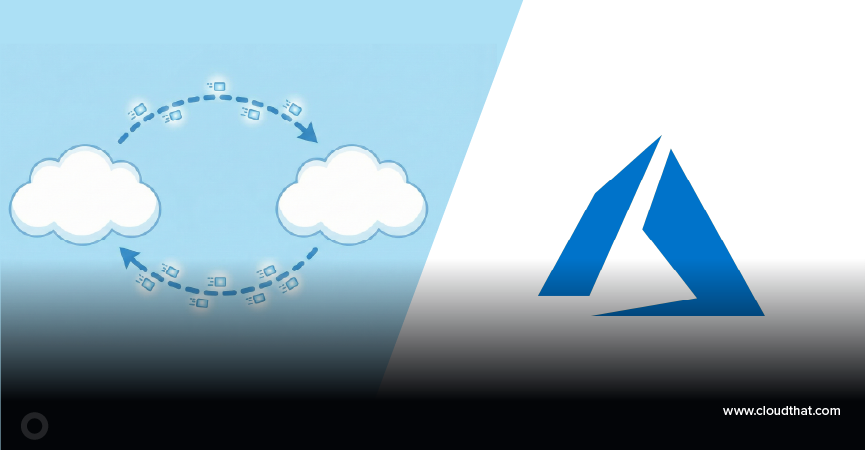
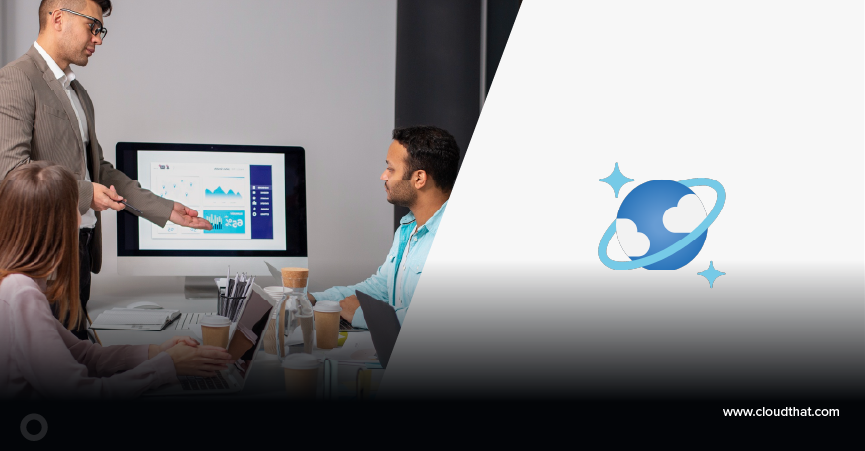
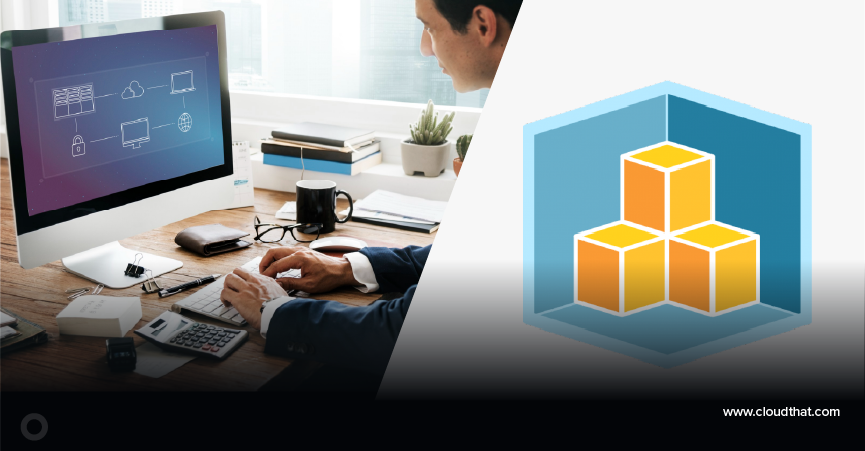
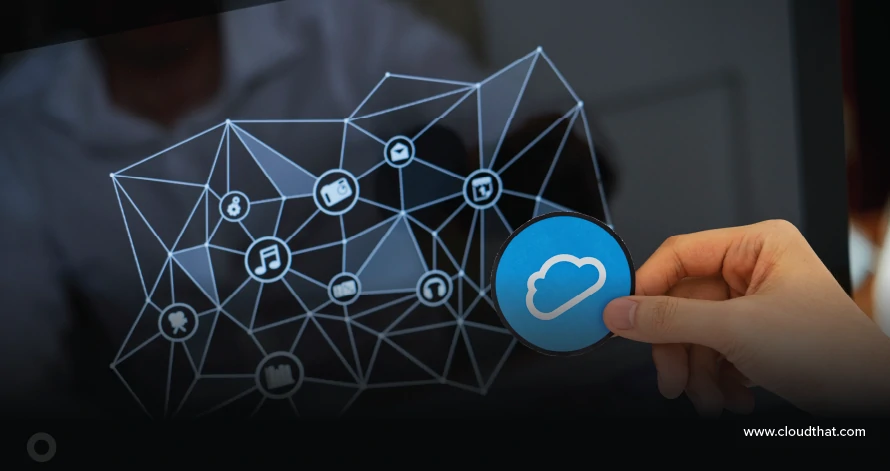






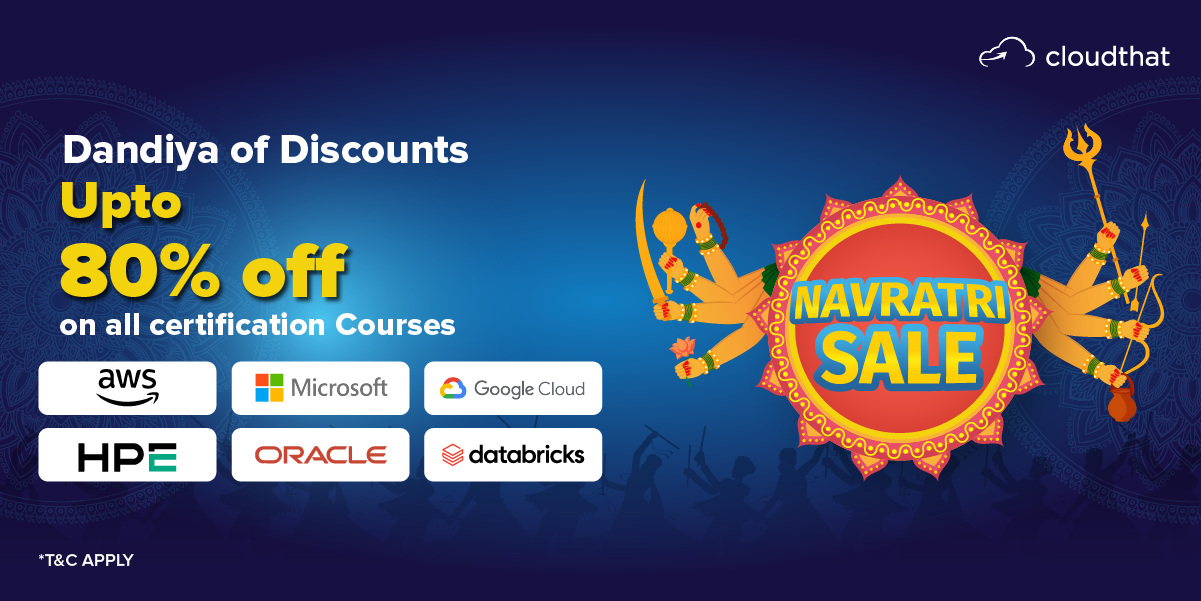
Comments